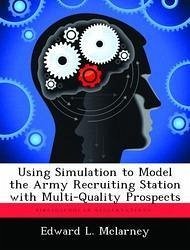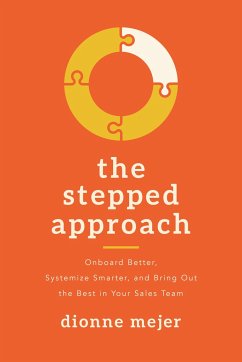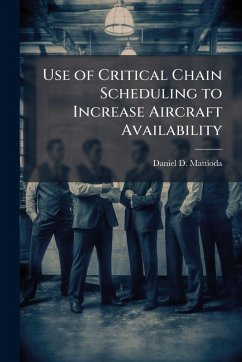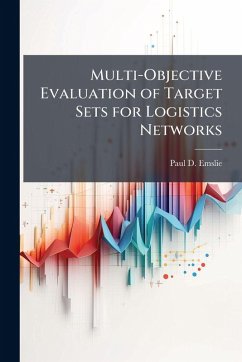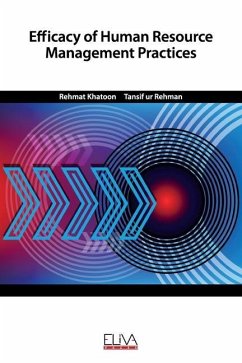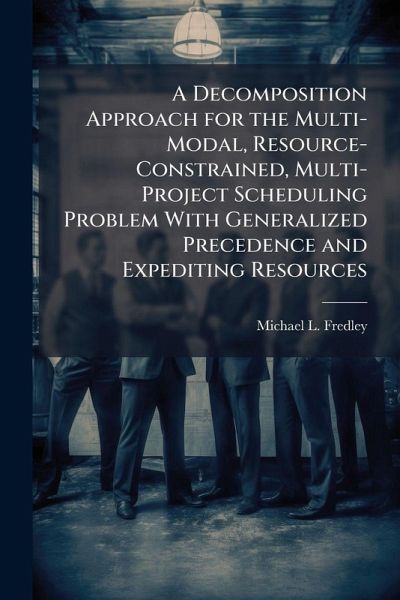
A Decomposition Approach for the Multi-Modal, Resource-Constrained, Multi-Project Scheduling Problem With Generalized Precedence and Expediting Resources

PAYBACK Punkte
11 °P sammeln!
The field of project scheduling has received a great deal of study for many years with a steady evolution of problem complexity and solution methodologies. As solution methodologies and technologies improve, increasingly complex, real-world problems are addressed, presenting researchers a continuing challenge to find ever more effective means for approaching project scheduling. This dissertation introduces a project scheduling problem which is applicable across a broad spectrum of real-world situations. The problem is based on the well-known Resource-Constrained Project Scheduling Problem, ext...
The field of project scheduling has received a great deal of study for many years with a steady evolution of problem complexity and solution methodologies. As solution methodologies and technologies improve, increasingly complex, real-world problems are addressed, presenting researchers a continuing challenge to find ever more effective means for approaching project scheduling. This dissertation introduces a project scheduling problem which is applicable across a broad spectrum of real-world situations. The problem is based on the well-known Resource-Constrained Project Scheduling Problem, extended in this dissertation to include generalized precedence with minimal and maximal time lags and expediting resources. The problem is further extended to include multiple projects which have generalized precedence, renewable and nonrenewable resources, and expediting resources at the program level. This work has been selected by scholars as being culturally important, and is part of the knowledge base of civilization as we know it. This work was reproduced from the original artifact, and remains as true to the original work as possible. Therefore, you will see the original copyright references, library stamps (as most of these works have been housed in our most important libraries around the world), and other notations in the work. This work is in the public domain in the United States of America, and possibly other nations. Within the United States, you may freely copy and distribute this work, as no entity (individual or corporate) has a copyright on the body of the work. As a reproduction of a historical artifact, this work may contain missing or blurred pages, poor pictures, errant marks, etc. Scholars believe, and we concur, that this work is important enough to be preserved, reproduced, and made generally available to the public. We appreciate your support of the preservation process, and thank you for being an important part of keeping this knowledge alive and relevant.



